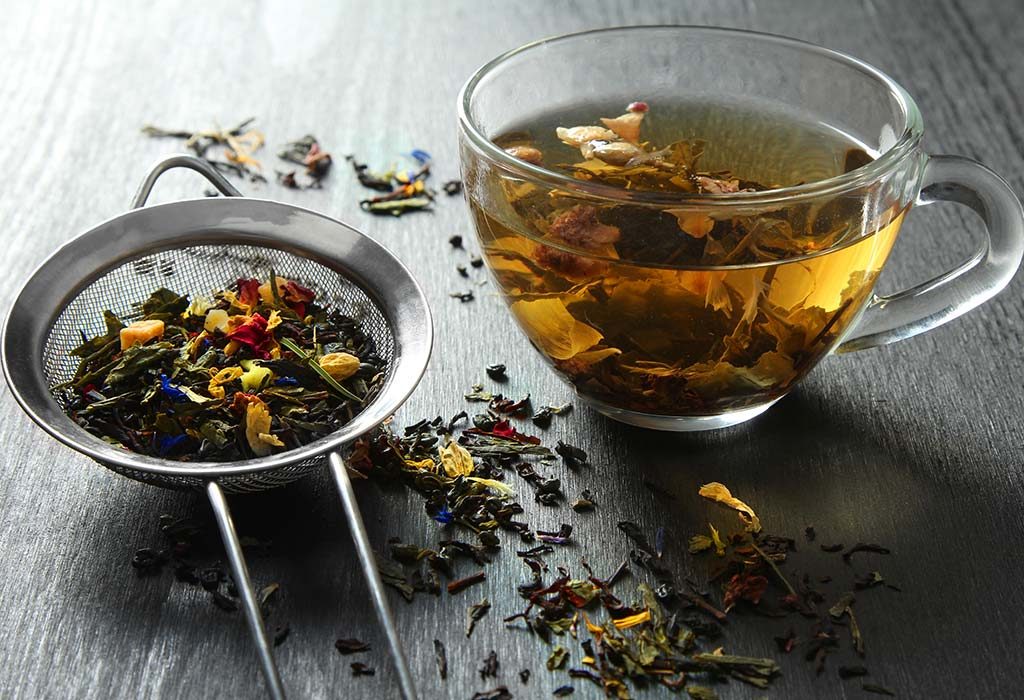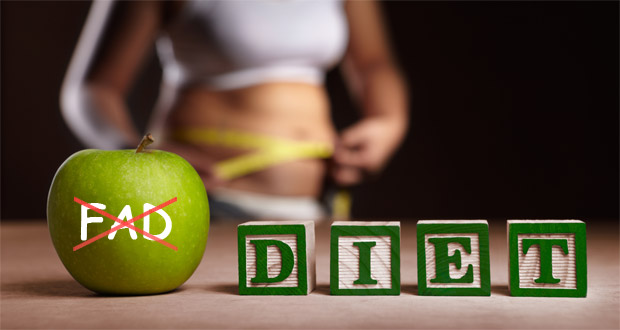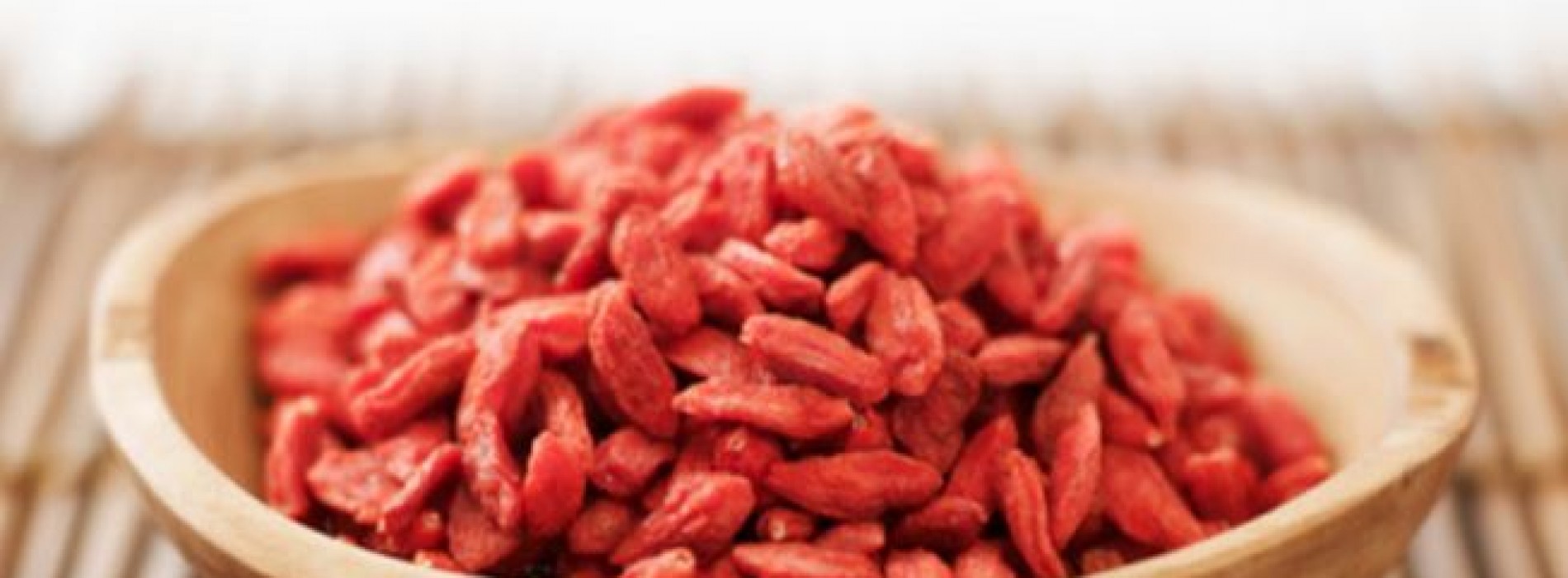When it comes to making homemade broths, soups, or stocks, nothing beats the rich flavor you get from slow simmering bones, vegetables, and herbs. However, one of the trickier parts of the process is dealing with the excess fat that naturally rises to the surface. While a little fat can add depth, too much leaves your dish greasy, heavy, and less appetizing. That’s where soup & broth fat removal techniques and tools come in. The right approach can transform your cooking from oily to refined.
In this article, we’ll explore which common kitchen tools work best as a fat separator for broths and stocks, from simple spoons to specialized gadgets.

Content
Why Fat Separation Matters
Before diving into the tools, it’s worth understanding why you should separate fat from broths and stocks. Excess fat not only impacts texture but can also mute flavors, making your carefully prepared broth taste dull. Removing it results in a cleaner, lighter liquid that forms the perfect base for soups, sauces, and gravies.
Fortunately, there are several ways to skim off that fat, and you don’t need a professional kitchen setup to get great results.
Classic Spoon or Ladle
The most basic tool for soup & broth fat removal is right in your utensil drawer: a spoon or ladle. Because fat floats to the top, you can gently skim it off with a wide spoon. A ladle makes this easier since its curved edge naturally collects surface fat.
- Pros:
- Inexpensive and accessible
- Works while the broth is still hot
- Cons:
- Time-consuming for large batches
- Easy to scoop out some broth along with the fat
This method is best if you only have a small pot of stock and don’t mind spending a few extra minutes skimming.
Refrigeration Method
Another low-tech but highly effective option is chilling your broth. After simmering, strain your stock into a container and refrigerate it overnight. The fat will solidify into a firm layer on top, which you can easily lift off with a spoon.
- Pros:
- Extremely efficient and clean separation
- No special tools needed
- Cons:
- Requires time and fridge space
- Not practical if you need broth immediately
This technique is great if you’re meal prepping or making stock in advance.
Fine Mesh Strainer with Ice Cubes
Here’s a clever trick: place a few ice cubes in a ladle, then gently skim the surface of your broth while holding the ladle just above the liquid. The cold attracts the fat, causing it to solidify slightly and stick to the ladle, while the broth remains below.
- Pros:
- Quick way to reduce fat without refrigeration
- No extra cleanup
- Cons:
- Less precise than other methods
- Works best for lighter fat removal rather than a complete separation
Think of this as a quick fix if you want your broth ready to serve but still want it a little lighter.
Fat Separator (Specialized Pitcher)
If you’re serious about soup & broth fat removal, investing in a proper fat separator is a game-changer. These pitchers are designed with a spout at the bottom or a strainer at the top. When you pour your broth into the separator, the fat floats to the top while the clean broth is dispensed from the bottom spout.
- Pros:
- Fast, efficient, and designed for the task
- Keeps most of the broth intact
- Ideal for large batches of stock or gravy-making
- Cons:
- Extra kitchen gadget to store
- Plastic models can stain or crack over time
For home cooks who regularly prepare soups, gravies, and stocks, this is arguably the best tool available.
Paper Towels or Cheesecloth
When you need a quick cleanup of small amounts of surface fat, a paper towel or cheesecloth can be lightly skimmed across the top of the broth. The fabric or towel absorbs the fat while leaving most of the liquid intact.
- Pros:
- Inexpensive and disposable
- Works well for small adjustments
- Cons:
- Can waste some broth if not careful
- Not practical for large quantities
This method works best for fine-tuning after other fat removal techniques.
Which Tool is Best?
The “best” method depends on your situation:
- For convenience: A spoon or ladle is always on hand.
- For clean results: Refrigeration is unbeatable.
- For quick fixes: Ice cube skimming works well.
- For efficiency: A dedicated separator is the winner.
- For final touch-ups: Paper towels or cheesecloth are great finishing tools.
If you frequently prepare stocks, investing in a good fat separator is worthwhile. However, even the most low-tech methods will help you skim off the excess and ensure your broth has a clean, balanced flavor.
Final Thoughts
Mastering soup & broth fat removal isn’t just about aesthetics—it’s about flavor, texture, and creating a dish that feels light yet deeply satisfying. Whether you use a simple spoon, chill your broth overnight, or opt for a specialized separator, each technique has its place in the kitchen.
By learning how to effectively skim off fat, you’ll not only make your soups and sauces taste better but also elevate your cooking to a more professional level. Next time you simmer a pot of stock, try one of these methods and taste the difference a clean, clear broth makes.

Kylie Davidson is a health blogger and the founder of her own blog about fitness. She has been blogging for three years now and loves to share what she learns with others. Kylie enjoys reading, cooking, and staying active outdoors.













